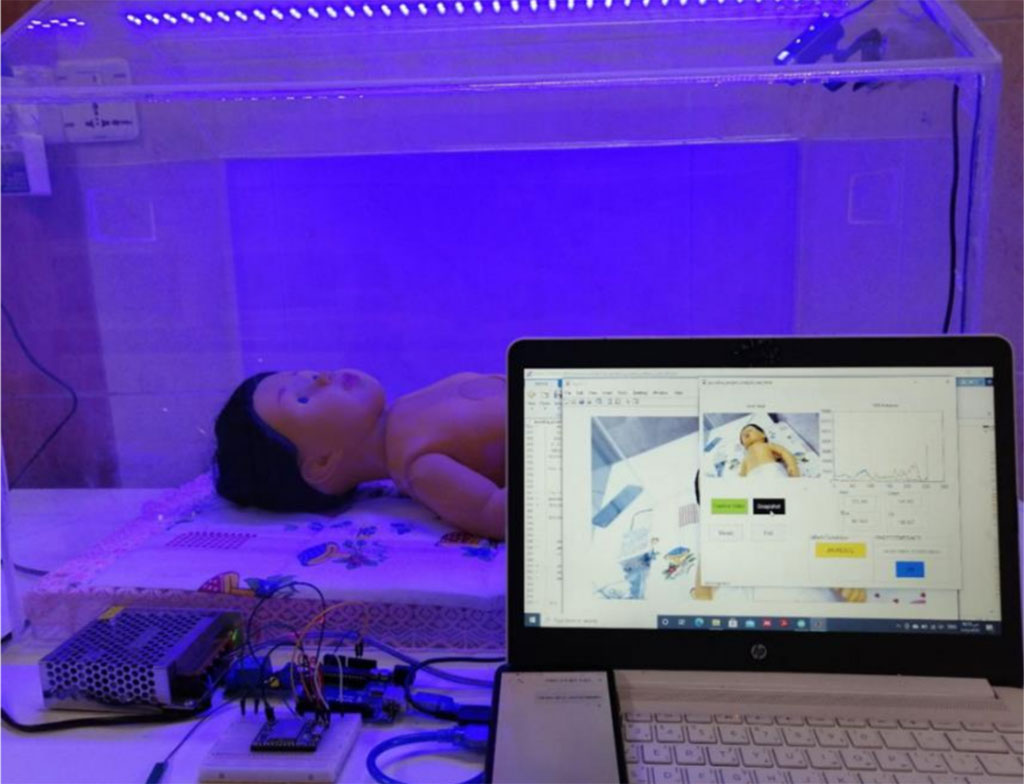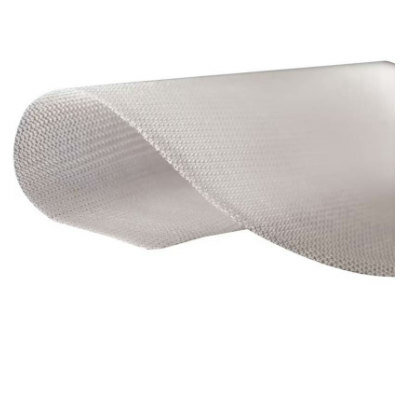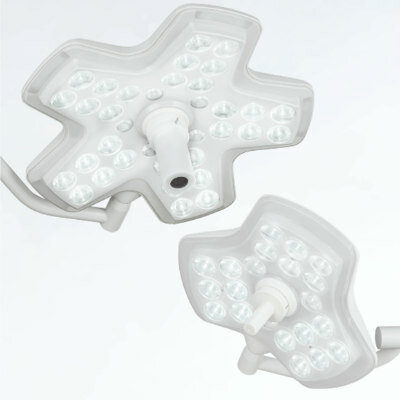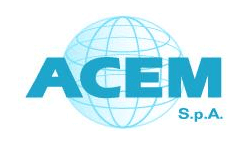New Imaging Software Accurately Diagnoses Jaundice
|
By HospiMedica International staff writers Posted on 29 Nov 2021 |

Image: An automated imaging system help treat neonatal jaundice (Photo courtesy of UNISA)
A new study reveals how a computerized platform can automatically diagnose jaundice in newborns and turn on a blue light to counteract it.
Developed at the University of South Australia (UNISA; Adelaide, Australia) and Middle Technical University (MTU; Baghdad, Iraq), the new system is based on a digital camera designed to detect jaundice optically and determine if the neonate needs treatment, based on an analysis obtained from real-time captured images. If treatment is deemed necessary, an Arduino (Somerville, MA, USA) Uno microcontroller is used to drive a blue phototherapy LED that oxidizes bilirubin to biliverdin.
The system was tested at an intensive care unit (ICU) in Mosul (Iraq), on 20 newborns diagnosed with jaundice; a second data set captured 16 images of newborns, five of whom were healthy, and the remainder jaundiced. The system was also successfully tested on four manikins with white and brown skin colors, with and without jaundice pigmentation. All test showed the camera system was accurate in detecting jaundice, easy to implement, and affordable. The study was published on October 8, 2021, in Designs.
“Using image processing techniques extracted from data captured by the camera, we can cheaply and accurately screen newborns for jaundice in a non-invasive way, before taking a blood test,” said senior author Professor Javaan Chahl, PhD, of UNISA. “When the bilirubin levels reach a certain threshold, a microcontroller triggers blue LED phototherapy and sends details to a mobile phone. This can be done in one second, literally, which can make all the difference in severe cases, where brain damage and hearing loss can result if treatment is not administered quickly.”
Neonatal jaundice is a yellowing of the skin and other tissues of a newborn infant as a result of a bilirubin level higher than 5 mg/dL. The jaundiced newborns have an apparent icteric sclera and yellowing of the face, extending down onto the chest. The condition is common, affecting over half (50–60%) of all neonates in the first week of life. Prolonged hyperbilirubinemia can result into chronic bilirubin encephalopathy (kernicterus). Treatment includes phototherapy using a blue light at a wavelength of 420-448 nm.
Related Links:
University of South Australia
Middle Technical University
Developed at the University of South Australia (UNISA; Adelaide, Australia) and Middle Technical University (MTU; Baghdad, Iraq), the new system is based on a digital camera designed to detect jaundice optically and determine if the neonate needs treatment, based on an analysis obtained from real-time captured images. If treatment is deemed necessary, an Arduino (Somerville, MA, USA) Uno microcontroller is used to drive a blue phototherapy LED that oxidizes bilirubin to biliverdin.
The system was tested at an intensive care unit (ICU) in Mosul (Iraq), on 20 newborns diagnosed with jaundice; a second data set captured 16 images of newborns, five of whom were healthy, and the remainder jaundiced. The system was also successfully tested on four manikins with white and brown skin colors, with and without jaundice pigmentation. All test showed the camera system was accurate in detecting jaundice, easy to implement, and affordable. The study was published on October 8, 2021, in Designs.
“Using image processing techniques extracted from data captured by the camera, we can cheaply and accurately screen newborns for jaundice in a non-invasive way, before taking a blood test,” said senior author Professor Javaan Chahl, PhD, of UNISA. “When the bilirubin levels reach a certain threshold, a microcontroller triggers blue LED phototherapy and sends details to a mobile phone. This can be done in one second, literally, which can make all the difference in severe cases, where brain damage and hearing loss can result if treatment is not administered quickly.”
Neonatal jaundice is a yellowing of the skin and other tissues of a newborn infant as a result of a bilirubin level higher than 5 mg/dL. The jaundiced newborns have an apparent icteric sclera and yellowing of the face, extending down onto the chest. The condition is common, affecting over half (50–60%) of all neonates in the first week of life. Prolonged hyperbilirubinemia can result into chronic bilirubin encephalopathy (kernicterus). Treatment includes phototherapy using a blue light at a wavelength of 420-448 nm.
Related Links:
University of South Australia
Middle Technical University
Latest Critical Care News
- Breathable Electronic Skin Paves Way for Next-Generation Wearable Devices
- AI Transforming Colon Cancer Diagnosis
- Ventricular Assist Device Offers Long-Term Use in Children Waiting for Donor Heart
- Precision Approach Improves Immunotherapy Effectiveness for ICU Patients with Sepsis
- Soft Robots Could Donate Their Heart to Humans
- Bioadhesive Strategy Prevents Fibrosis Around Device Implants on Peripheral Nerves
- Miniature Non-Invasive Robotic Catheters to Improve Infertility Treatments
- Stick-On Patch Monitors Baby's Movements In Utero
- EEG-Based AI Technology Accurately Diagnoses Alzheimer’s and Dementia
- Robot Lymphatic System Paves Way for Self-Powered Wearables and Machines
- Focused Ultrasound Technique Successfully Treats Pediatric Brain Cancer
- Nasal Drops Fight Brain Tumors Noninvasively
- AI Helps Optimize Therapy Selection and Dosing for Septic Shock
- Glowing Bacteria ‘Pills’ for Detecting Gut Diseases Could Eliminate Colonoscopies
- Skin-Permeable Polymer Patch Delivers Insulin Non-Invasively Through Skin
- Nanogel Technology Almost 100% Effective in Destroying Drug-Resistant Bacteria Within Hours
Channels
Surgical Techniques
view channel
Minimally Invasive Surgery Proven Safe and Effective for Complex ‘Whipple’ Procedure
Tumors of the pancreatic head often require a highly complex operation known as pancreatoduodenectomy or the Whipple procedure. This surgery involves removing multiple structures and creating several internal... Read more
Catheter-Based Procedures Offer Less Invasive Option for Treatment of Valvular Disease
Valvular heart disease, caused by tight or leaky valves between heart chambers, affects up to 10% of older adults and leads to more than 120,000 deaths globally each year. Traditional open-heart surgery... Read morePatient Care
view channel
Revolutionary Automatic IV-Line Flushing Device to Enhance Infusion Care
More than 80% of in-hospital patients receive intravenous (IV) therapy. Every dose of IV medicine delivered in a small volume (<250 mL) infusion bag should be followed by subsequent flushing to ensure... Read more
VR Training Tool Combats Contamination of Portable Medical Equipment
Healthcare-associated infections (HAIs) impact one in every 31 patients, cause nearly 100,000 deaths each year, and cost USD 28.4 billion in direct medical expenses. Notably, up to 75% of these infections... Read more
Portable Biosensor Platform to Reduce Hospital-Acquired Infections
Approximately 4 million patients in the European Union acquire healthcare-associated infections (HAIs) or nosocomial infections each year, with around 37,000 deaths directly resulting from these infections,... Read moreFirst-Of-Its-Kind Portable Germicidal Light Technology Disinfects High-Touch Clinical Surfaces in Seconds
Reducing healthcare-acquired infections (HAIs) remains a pressing issue within global healthcare systems. In the United States alone, 1.7 million patients contract HAIs annually, leading to approximately... Read moreHealth IT
view channel
EMR-Based Tool Predicts Graft Failure After Kidney Transplant
Kidney transplantation offers patients with end-stage kidney disease longer survival and better quality of life than dialysis, yet graft failure remains a major challenge. Although a successful transplant... Read more
Printable Molecule-Selective Nanoparticles Enable Mass Production of Wearable Biosensors
The future of medicine is likely to focus on the personalization of healthcare—understanding exactly what an individual requires and delivering the appropriate combination of nutrients, metabolites, and... Read moreBusiness
view channel
Philips and Masimo Partner to Advance Patient Monitoring Measurement Technologies
Royal Philips (Amsterdam, Netherlands) and Masimo (Irvine, California, USA) have renewed their multi-year strategic collaboration, combining Philips’ expertise in patient monitoring with Masimo’s noninvasive... Read more
B. Braun Acquires Digital Microsurgery Company True Digital Surgery
The high-end microsurgery market in neurosurgery, spine, and ENT is undergoing a significant transformation. Traditional analog microscopes are giving way to digital exoscopes, which provide improved visualization,... Read more
CMEF 2025 to Promote Holistic and High-Quality Development of Medical and Health Industry
The 92nd China International Medical Equipment Fair (CMEF 2025) Autumn Exhibition is scheduled to be held from September 26 to 29 at the China Import and Export Fair Complex (Canton Fair Complex) in Guangzhou.... Read more













